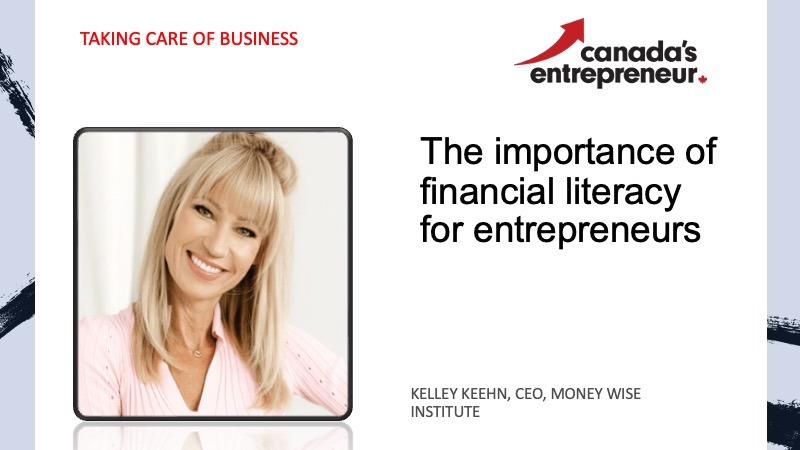As burnout continues to rise across Canada, new findings from a recent survey shed light on the increasing strain felt by workers. Tara Parry, Director of Permanent Services at Robert Half, shared her perspective on the growing issue of employee burnout and its impact on both individuals and organizations. According to the survey, nearly half of Canadians—47%—reported feeling burnt out, marking a significant increase from just 33% in 2023.
The rise in burnout is deeply concerning, particularly when considering that many employees are experiencing heightened levels of stress and fatigue. Parry notes that the 14-point jump in burnout rates over the past two years is a notable shift that points to broader cultural and economic issues. While the Canadian economy hasn’t entered a recession, the stagnant economic outlook could be contributing to the growing dissatisfaction among workers.
One of the most troubling findings is the compounded nature of burnout. Parry explains that burnout can accumulate like compound interest—if left unaddressed, it only gets worse over time. Working parents, particularly Millennials, are feeling the brunt of this burden. As Parry, a working parent herself, observes, balancing work and family life is an ongoing challenge, and when one part of this balance falters, it can be difficult to regain equilibrium.
Key Drivers of Burnout: Workloads and Mental Fatigue
The survey highlights two main contributors to burnout: heavy workloads and long hours, cited by 39% of respondents, and emotional or mental fatigue resulting from high-stress tasks, which 38% identified as a key issue. Parry explains that many organizations are managing costs by reducing their workforce or failing to hire additional staff, leaving the remaining employees with heavier workloads. This increase in demand and stress contributes significantly to mental fatigue, creating a vicious cycle of burnout.
The legal and human resources (HR) sectors have seen some of the highest levels of burnout. Nearly 60% of lawyers and HR professionals report feeling overwhelmed by the demands of their jobs. The legal profession, in particular, has long been associated with high levels of stress, but the current job market conditions have exacerbated this. With fewer lawyers entering the profession and the increasing demand for legal services, many lawyers are struggling to cope with the workload. Surprisingly, HR professionals also face high burnout rates, which Parry attributes in part to the emotional labour they often undertake as they manage staff concerns and organizational challenges.
The Impact on Organizations: Productivity Decline and Increased Challenges for Managers
The toll of burnout isn’t just felt by employees—it also has a significant impact on businesses. Parry points to the strain on managers, 39% of whom report that burnout among existing staff is one of the biggest challenges they face. The inability to fill hard-to-fill roles only compounds this issue, as managers are left trying to balance the demands of an overburdened team.
Burnout also leads to a decline in productivity, with 40% of managers noticing a noticeable drop in efficiency as mental fatigue takes its toll. Parry emphasizes that employees experiencing burnout are more likely to make mistakes, which further affects overall performance. She shares her own experience of making simple mistakes, such as leaving items in unusual places, which serves as a reminder of how burnout can impact both personal and professional life.
Addressing the Issue: Solutions for Reducing Burnout
So, what can be done to mitigate burnout and its consequences? Parry believes that the solution starts with open communication. Employees need to feel comfortable discussing their feelings of burnout with their managers, and managers should actively encourage staff to take time off and prioritize their mental health. Building a strong team culture, where employees feel supported and encouraged to disconnect, is also key.
Additionally, organizations may need to rethink their staffing strategies. While there is a temptation to cut costs by reducing headcount, Parry suggests that companies should consider hiring contract employees to alleviate the pressure on permanent staff and ensure a flexible workforce. While addressing burnout is not an overnight fix, Parry believes that fostering a supportive environment and offering the resources needed for self-care can make a significant difference.
In conclusion, as burnout rates continue to climb, it is essential for both employees and employers to work together in finding solutions. By encouraging open communication, taking regular breaks, and investing in a supportive workplace culture, organizations can begin to address the growing issue of burnout and its detrimental effects on workers and businesses alike.
For employers and employees alike, it’s clear that the need for proactive solutions to burnout has never been more urgent.
The top factors contributing to burnout:
- Heavy workloads and long hours (39%)
- Emotional or mental fatigue from high-stress tasks (38%)
- Insufficient work-life balance (28%)
- Lack of professional growth opportunities (28%)
- Lack of management support or recognition (28%)
Those with the highest burnout levels include:
- Professionals in the legal and HR fields (59%)
- Working parents (51%)
- Millennial professionals (50%)
Countering workplace burnout
Burnout isn’t just affecting workers—it’s also impacting businesses. The heavy workloads cited by workers as the top driver of burnout are in part a consequence of longer hiring cycles. According to a separate survey of more than 1,050 managers, 39 per cent said burnout among existing staff is a major challenge they face when unable to fill a necessary role. Other repercussions they report facing are decreased productivity (40%), delayed project timelines (34%), higher turnover (30%), and lost revenue (24%).To combat burnout culture, workers indicated the best ways their manager can help:
- Encourage time off and/or mental health days (34%)
- Hire permanent or contract professionals to ease workloads (33%)
- Help prioritize projects and manage timelines (30%)

Mario Toneguzzi
Mario Toneguzzi is Managing Editor of Canada’s Entrepreneur. He has more than 40 years of experience as a daily newspaper writer, columnist, and editor. He was named in 2021 and 2024 as one of the top business journalists in the world by PR News. He was also named by RETHINK to its global list of Top Retail Experts 2024 and 2025.
About Us
Canada’s Podcast is the number one podcast in Canada for entrepreneurs and business owners. Established in 2016, the podcast network has interviewed over 600 Canadian entrepreneurs from coast-to-coast.
With hosts in each province, entrepreneurs have a local and national format to tell their stories, talk about their journey and provide inspiration for anyone starting their entrepreneurial journey and well- established founders.
The commitment to a grass roots approach has built a loyal audience on all our social channels and YouTube – 500,000+ lifetime YouTube views, 200,000 + audio downloads, 35,000 + average monthly social impressions, 10,000 + engaged social followers and 35,000 newsletter subscribers. Canada’s Podcast is proud to provide a local, national and international presence for Canadian entrepreneurs to build their brand and tell their story.





